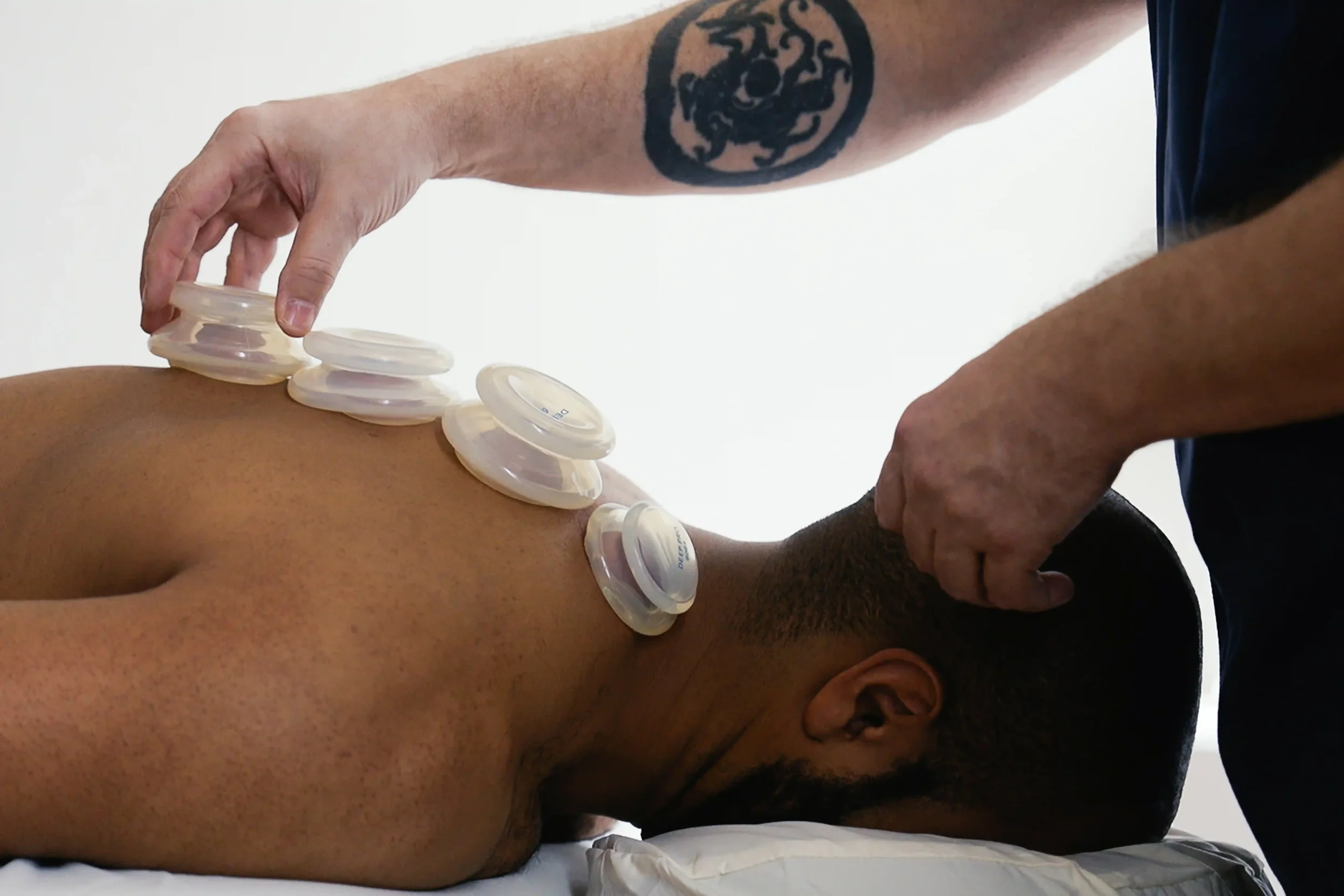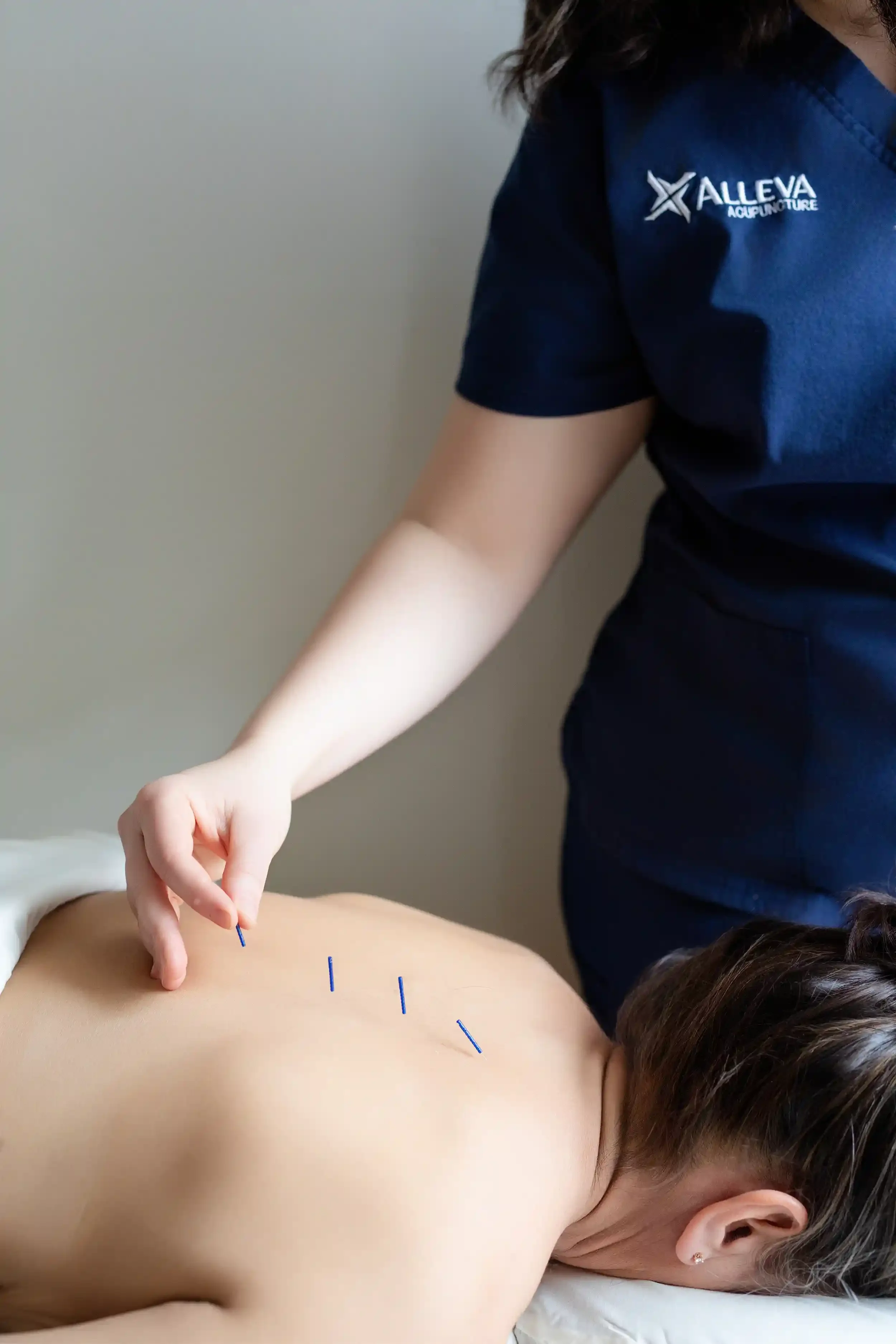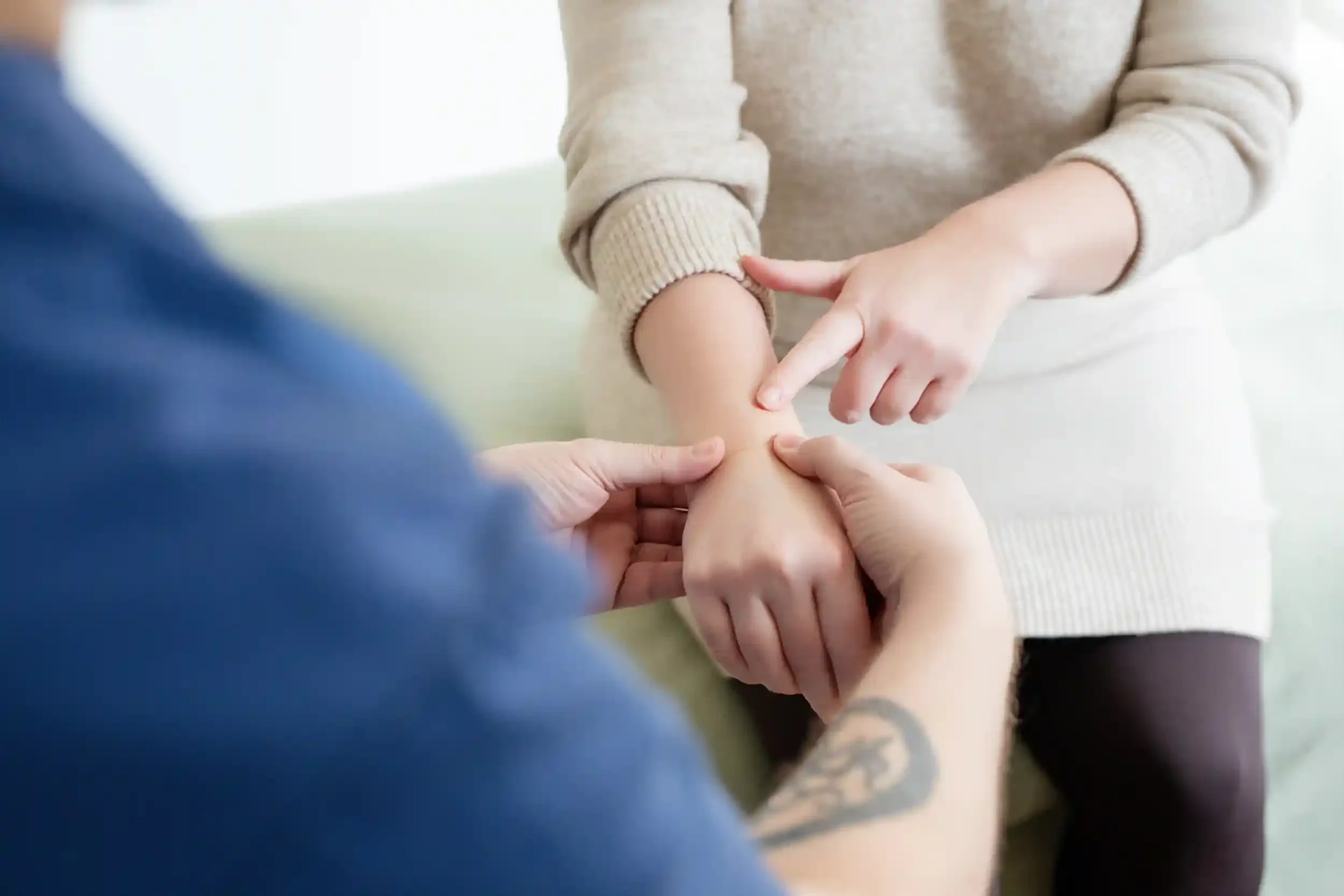
Pain management that restores your quality of life.
Why Our Patients Come to Us
Chronic pain – pain that persists for three months or more and disrupts daily life – affects over 50 million adults in the U.S. and is the leading reason people seek medical care, according to the CDC. Unfortunately, traditional treatments like medication, physical therapy, or surgery often come with high costs, serious side effects, and limited efficacy.
How We Help
Chronic pain can disrupt your life, making even the simplest of daily activities a tremendous challenge, but prescribed treatments are often expensive or ineffective – and in the case of opioids, even risky.
Acupuncture offers a safe, natural, and evidence-based solution for chronic pain management. Backed by decades of research and recognized by major medical organizations, acupuncture effectively addresses a wide range of pain conditions without the side effects of pharmaceuticals or invasive procedures.
“Acupuncture is highly effective and markedly alleviates acute or chronic pain in approximately 80-85% of patients. It is an invaluable tool with virtually no risk of drug interactions or side effects.”
— Dr. Jeff Leggit, U.S. Uniformed Services University of the Health Sciences, U.S. Armed Forces
CONDITIONS WE TREAT
Arthritis
Carpal Tunnel Syndrome
Elhers-Danlos Syndrome
Fibromyalgia
Foot Pain, Plantar Fasciitis
Frozen Shoulder
Hypermobility
Jaw Pain, TMJ
Lower Back Pain
Migraine Headaches
Neck and Upper Back Pain
Peripheral Neuropathy
Post-Surgical Scar Tissue Pain
Rotator Cuff Impingement
Sciatica and Spinal Nerve Root Compression
Shingles and Postherpetic Neuralgia
Trigeminal Neuralgia
“Care that enables me to continue with my daily activities.”
“I have been to Alleva for two different issues and am very satisfied with the progress I have made. Practitioners Damon and Kate do a careful intake and are very attuned to my pain level and progress. Each session combines acupuncture and cupping with therapeutic massage to relax the muscles affected. Alleva's care has enabled me to continue with my daily activities to include strength training, swimming, walking and exercise classes which I find important to continue in retirement.”
— Diana Artemis, ★★★★★ Review on Google



